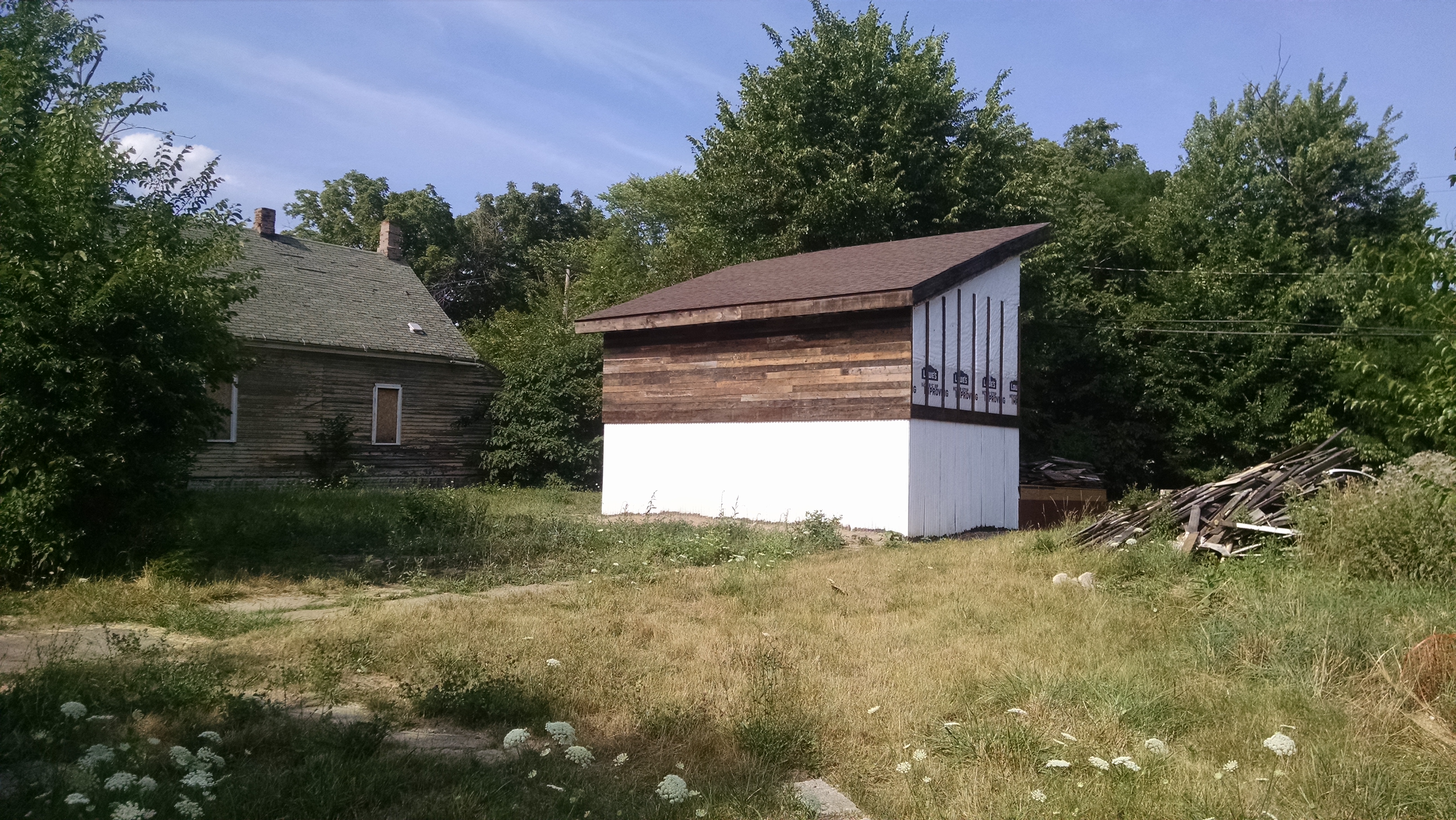During our last group challenge of the year we had the opportunity to work with RecoveryPark located near the Chene-Ferry area commonly known as Poletown East. RecoveryPark (one word, http://recoverpark.org) is a non-profit established in 2010 who’s mission is to create jobs for people with barriers to employment through urban agriculture. For the last few years, they have been working on gaining development rights from the city for a 25 acre area just east of Midtown bounded by 94 on the North, Forest on the South, Chene on the East, and St. Aubin on the West. This year, they finally acquired those rights and have hired architects do develop a master plan.
Interestingly enough, this wasn’t the first time I had worked with RecoveryPark. 3 Years ago in 2013 I met Recovery Park just as I was starting my master’s degree at Lawrence Tech. I had a meeting with Gary Wozniak, the founder, at an abandoned DPS school building on the west side of Detroit turned into temporary office space. At the time, we were working on an initiative called the Solar Decathlon at school; a project where we would build a solar powered, net zero energy house for a Detroit neighborhood. We were looking for a location and a community partner to place our future house with and thought RecoveryPark might have potential considering their sustainable development.
Ultimately, the Solar Decathlon never happened (will always be a sore subject) and our contact with RecoveryPark faded. This was Fall 2013. However, this relationship continued through the next several months as our team looked for other innovative design/build opportunities. This is where RecoveryPark became an official partner to our Ford College Community Challenge (Ford C3) grant submission in Spring 2014. The grant required us to partner with a non profit in our area. 10 awards of $25,000 are given out every year to university projects around the country. That year LTU recieved 2 grants, including ours to deconstruct a blighted Detroit house within RecoveryPark’s footprint in order to promote deconstruction and saving of historic materials over demolition and throwing away these materials.
Thus, my 2 year working relationship with RecoveryPark was born and has continued to this day. RecoveryPark is the reason I ended up purchasing the property I did that I referenced in my very first blog. We were supposed to deconstruct a property that they owned but ownership rights weren’t worked out in time for us to do that for them. So I bought it. This is the property that I deconstructed and have rebuilt it to serve as a storage shed for an eventual urban garden with the original reclaimed materials. All the while, RecoveryPark has been a presence in the neighborhood and so it was only fitting that our final challenge of the year was with an organization I am already so close with.
I’m proud to be working in this area and contributing to it’s development. I’ve met so many people who are interested in the project and who are also doing cool things around the neighborhood. It’s a great time to be there and I look forward to seeing what the area will become with all the residents working so hard and RecoveryPark’s eventual development.

